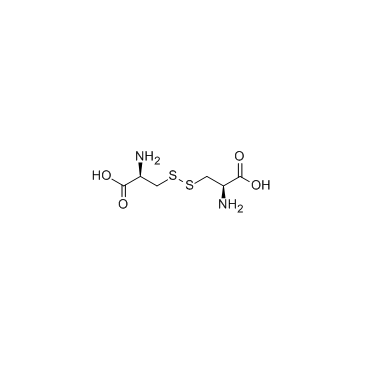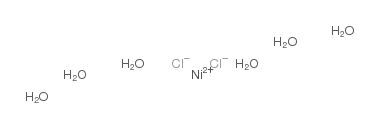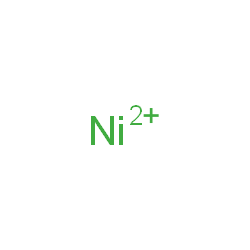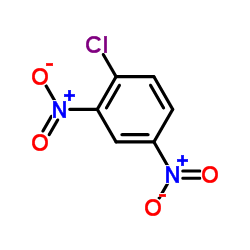| 结构式 | 名称/CAS号 | 全部文献 |
|---|---|---|
 |
L-胱氨酸
CAS:56-89-3 |
|
 |
氯化镍六水合物
CAS:7791-20-0 |
|
 |
镍
CAS:7440-02-0 |
|
 |
1-氯-2,4-二硝基苯
CAS:97-00-7 |
|
 |
氯化镍
CAS:7718-54-9 |
|
 |
氯化镍(II) 水合物
CAS:69098-15-3 |